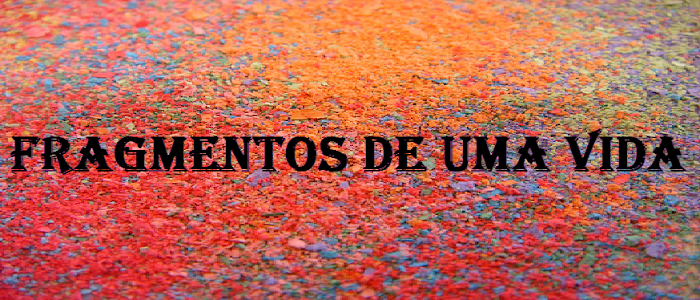This post was first published here. I wrote it to my friend's blog Carol's Adventure in Translation. I hope tou all enjoy it!
Comics Translation
Comics Translation
When Carol invited me to write a post for her blog, we talked a little bit about what should I write about: assistant editor's tasks or comics translation. Since this is a blog about translation, we decided it would be more interesting to write about comics translation.
How it all began
Translating is not necessarily a task of an editor. However, my team is small (we are just nine people), the publisher house I work for is international, so I had the opportunity to translate. I started translating Sticker Albums, which is quite simple, then some parts of books and finally comics, which is really fun.
I translated Italian comics, which is called Fumetti, and Adventure Time, which is based on the cartoon with the same name.
Comparison with other types of translation
When translating comics, you can use and combine many techniques you use on other types of translation:
Literary translation: translating comics is quite similar to literary translation, especially if you think about the dialogues. Usually you have to use informal language, trying to simulate the oral language.
Game localization: depending on the genre of the comics you are translating, there are lots of slangs. Also you need to consider the context and images which must correspond to the text.
Technical translation: it happens sometimes the characters use technical terms and you need to research to find the right one in your language. Or, you have to research about a specific subject, for example, in one of my translation, I had to learn about Italian Colonization of Ethiopia.
Poems: Sometimes you have to choose between meaning or form, to choose if you want to translate the words and "lose" a joke, or keep a joke and not translate the "right" meaning.
Main challenges
Now I want to present you the main challenges I have faced until now.
1- The first one is to balance oral language with writing. Usually we try to use oral language in characters speech in order to sound natural, so we use abbreviations, slangs, contractions, sometimes even wrong grammar. However, there is always a limit. So, a pattern must be created.
2- Each character has a specific way to talk, and you have to bring it to your own language, re-create that specific way, create a pattern, a vocabulary, sometimes, for that character.
3- You need to pay attention to the art. The text should correspond to what is drawn. This means that if you are translating a text and choose change words in order to make a joke, that is all right. However, if you are translating comics and the word is illustrated, you cannot change it.
A lot to be discussed
I could stay here writing some more things and give examples, but I think I had passed you an overall idea of how is it to translate comics to me.
I hope you have enjoyed my post and if you want to know more, please comment here or contact me!
Thanks for reading, and thank you, Carol, for having invited me!
3- You need to pay attention to the art. The text should correspond to what is drawn. This means that if you are translating a text and choose change words in order to make a joke, that is all right. However, if you are translating comics and the word is illustrated, you cannot change it.
A lot to be discussed
I could stay here writing some more things and give examples, but I think I had passed you an overall idea of how is it to translate comics to me.
I hope you have enjoyed my post and if you want to know more, please comment here or contact me!
Thanks for reading, and thank you, Carol, for having invited me!
Tatiana Yoshizumi has a BA in Translation Studies (English and Spanish) from Unesp. She has already done volunteer job, worked for a small translation company and afterwards for Italian Consulate (International Foreign Trade Department). Currently, she works as an Assistant Editor.


Nenhum comentário:
Postar um comentário